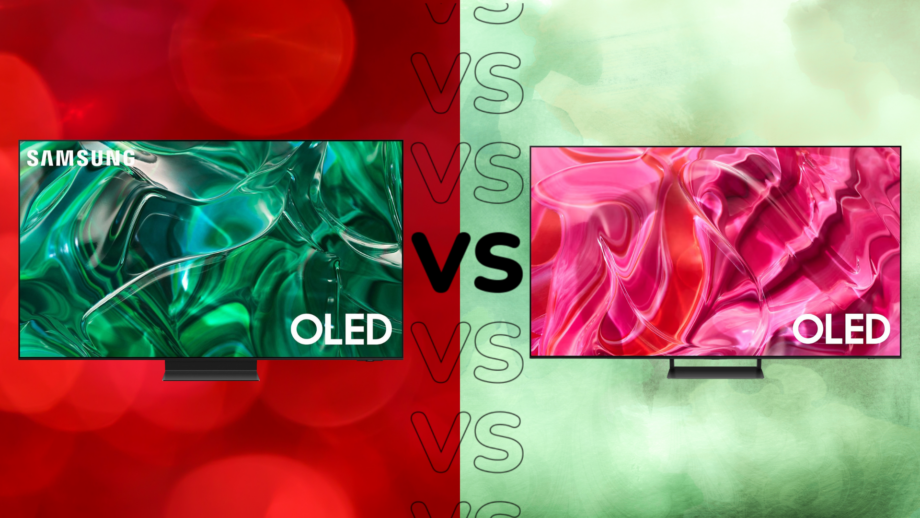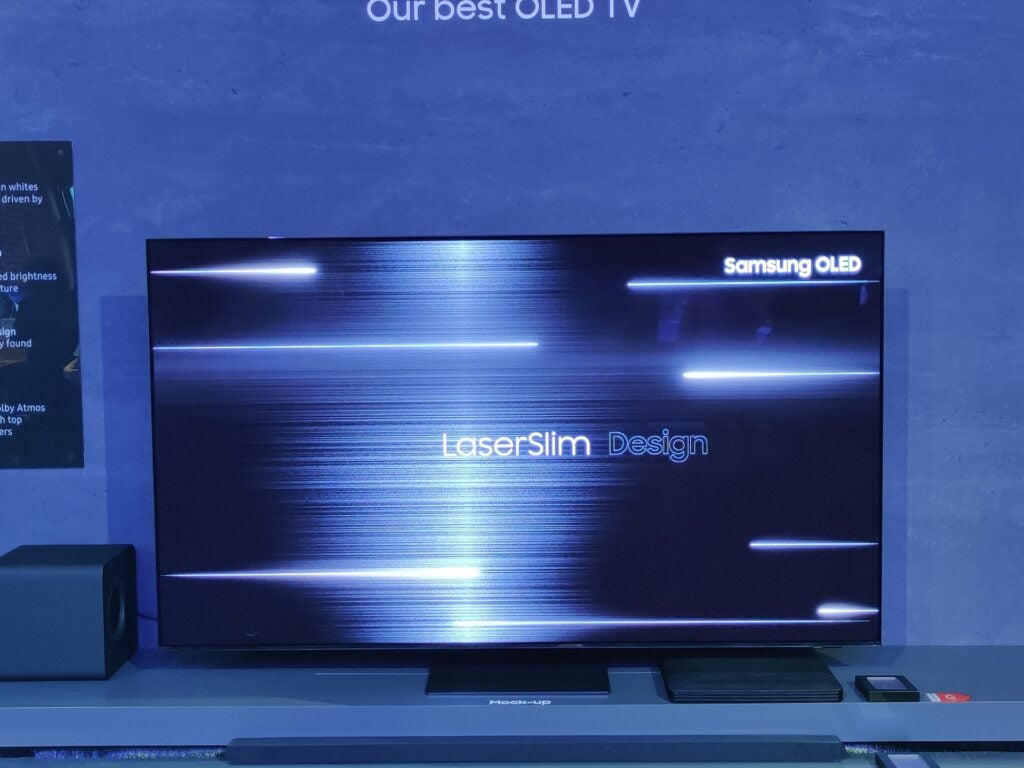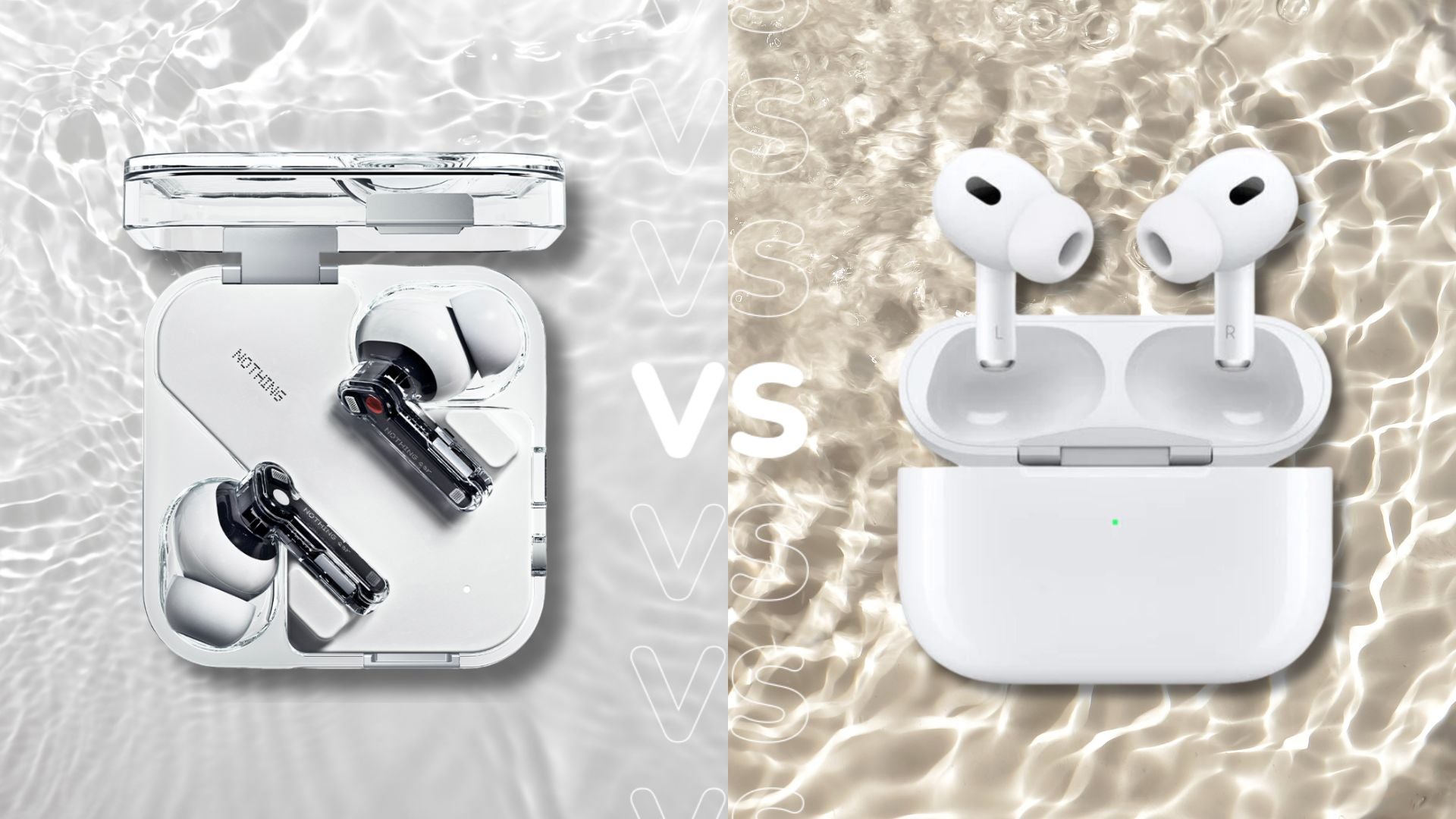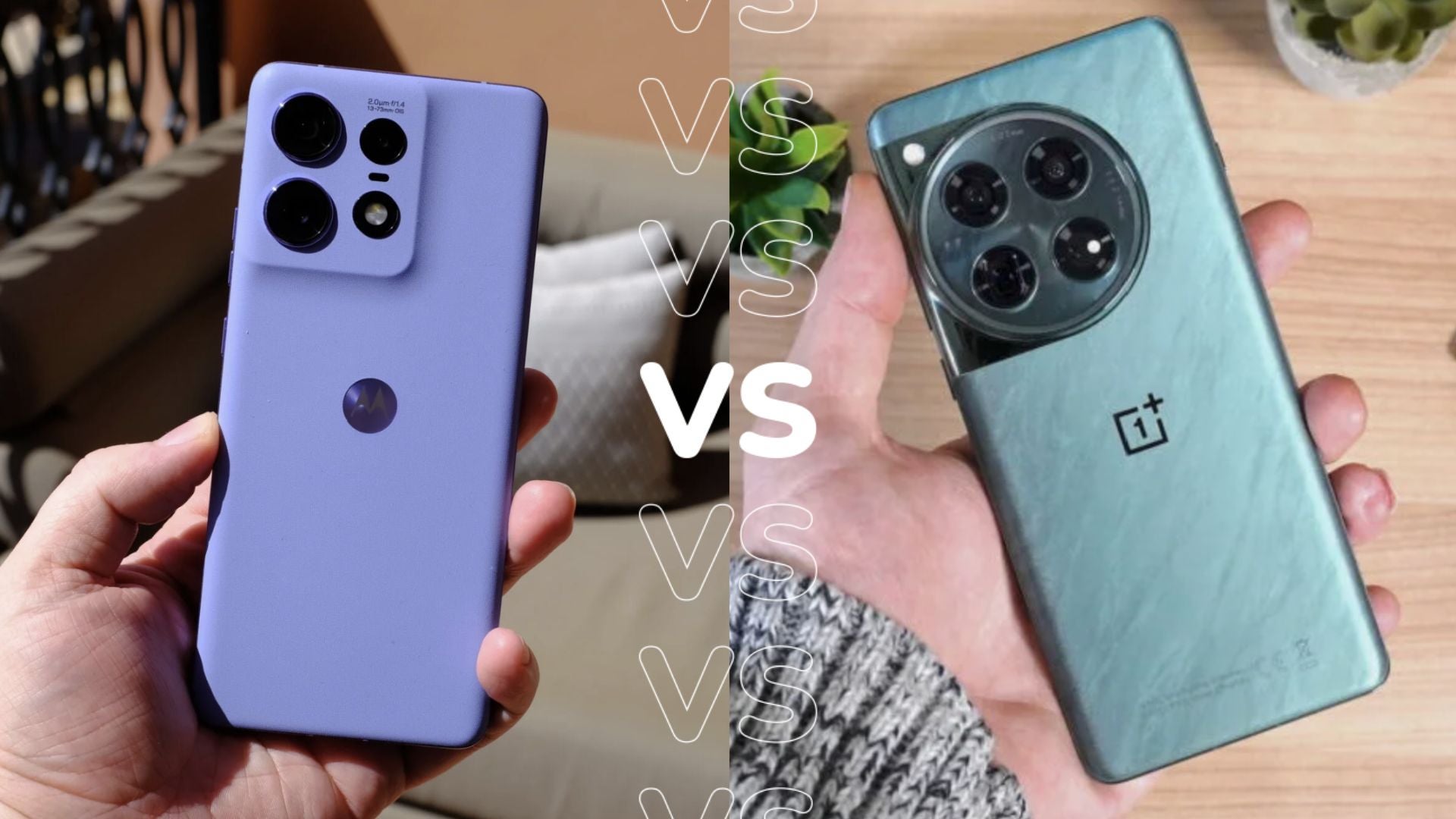Samsung S90C vs Samsung S95C OLED: What’s the difference?

In 2023, Samsung is launching not just one but two new OLEDs. After successfully launching the S95B OLED in 2022 with its new Quantum Dot OLED technology, the Korean electronics firm is back looking to grab a bigger piece of the OLED market.
And those two models are the S90C and the S95C, both of which have designs on furthering the performance of OLED, with higher peak and average brightness on the menu, alongside better colour reproduction and reducing the effects of image retention.
If, for whatever reason, you didn’t opt to get the S95B the first time of asking, or are simply interested to know what all the fuss is about with Samsung’s QD-OLEDs; then allow us the differences between the S90C and S95C 4K TVs.
The S95C is apparently 20% brighter
We attended the Samsung Summit in Frankfurt in February 2023 and learnt a few things about the differences between the S90C and S95C, and one of those differences is that the latter OLED is capable of higher brightness.

Samsung didn’t reveal how they’ve achieved this or whether the S95C uses a different panel to the S90C; but we would presume it might be similar to the difference between LG’s C- and G-series OLEDs in that it is more about the processing than any hardware advantage. We’ll hopefully find out more when the TVs go on sale and we get to properly put the claims to the test..
Only one of them gets the One Connect box
We love the simplicity of Samsung’s One Connect box. It’s a genius bit of innovation in that it stores the TV’s processing, connections and power and sends all the signals the TV needs via a slim cable. It is kind of magic.

For its 2023 TVs, Samsung appears to reducing the number of TVs that get the box, and the S95C will get it while the S90C won’t. This will aid the design of the TV, making it slimmer and increasing its aesthetics, especially if you’re thinking of wall-mounting as with the One Connect box you won’t have to worry about trailing cables from the TV.
The One Connect box offers a much tidier wall-mounting installation for the S95C, which doesn’t have the “bottom bulge” that the S90C does on its rear panel.
Both TVs come in 77-inch sizes
There’s a new size for QD-OLEDs and it’s the biggest so far with a mammoth 77-inch model arriving in 2023. The trend within the TV market has headed towards bigger TVs (65-inches is the new 55), so if you are inclined to go for a bigger-sized TV then you’ve got that option with both the S90C and S95C.
There are no QD-OLED displays smaller than 55-inches at this current moment.
The S90C has the less advanced sound system
There’s a difference in picture terms with the higher brightness, and there’s a difference in terms of the audio set-up too.

According to specs released for the S90C, it’s getting the OTS Lite version of Samsung’s audio system. That means that in conjunction with its 40W 2.1 system, it’s using ‘phantom’ virtual speakers to create the sense of a bigger, taller soundstage. The S95C on the other hand has the OTS+ system in 70W 4.2.2 channel set-up, with actual speakers in the top of screen to create a bigger sound.
On paper, the S95C has the more powerful sound system. Both TVs will support Dolby Atmos audio.
The S90C will be cheaper
Though we’ve not received word on the UK prices for the TVs, in the US and Europe Samsung has announced some starting prices for both models.
The 55-, 65- and 77-inch S95C will be available at €2499 / €3299 / €4799, while in the US we know the 77-inch model will cost $4450.
There’s no US prices yet for the S90C, but EU prices are €1999 / €2799 / €3999 for the 55-, 65- and 77-inch models. While they likely won’t be an exact 1:1 ratio to the UK, we can presume that in terms of affordability, the S90C will be the less expensive OLED Samsung sells in 2023.








